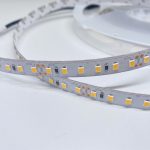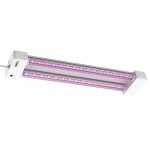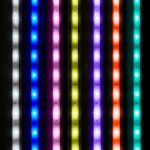Decoding the Blue LED Light: What Does It Mean and Why Is It Important?
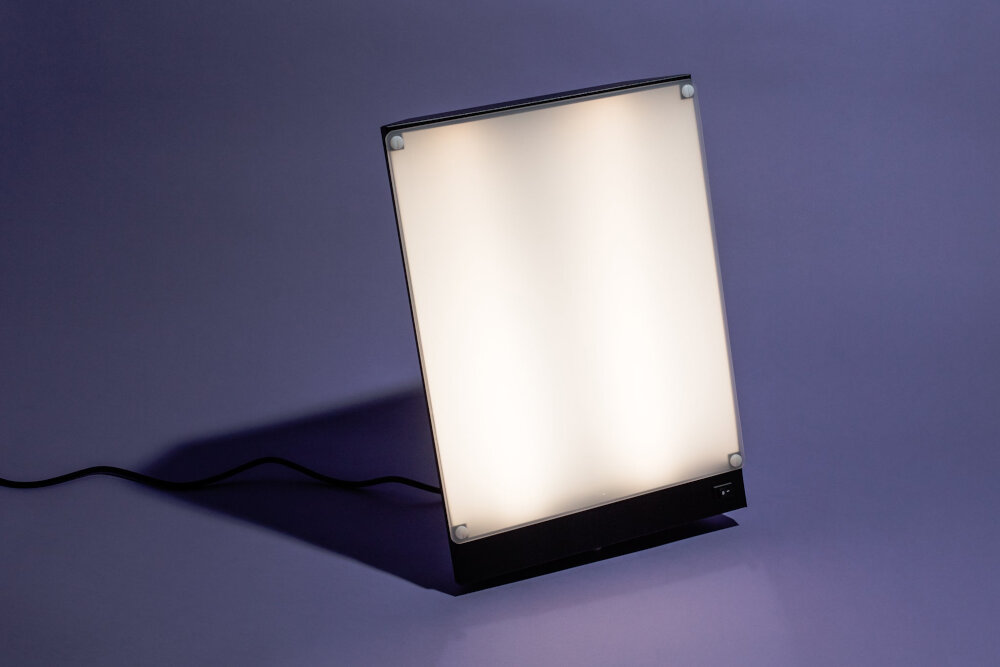
The blue LED light is a technology that has revolutionized the world in multiple ways. From lighting up our homes and streets to powering the screens of our smartphones and computers, it has become an integral part of our daily lives. However, the blue LED light is much more than just a source of illumination. It has a deeper meaning and significance that goes beyond its practical applications. Understanding the science and significance of the blue LED light is crucial for appreciating its impact on our lives and the world around us. Decoding the blue LED light is an essential task that entails exploring its origins, properties, and applications. It involves delving into the physics and chemistry of the semiconductor materials that make up the LED and the complex mechanisms that enable it to emit light. Moreover, it requires understanding the implications of the blue LED light on human health, environmental sustainability, and technological advancement. By unraveling the mysteries of the blue LED light, we can gain a deeper appreciation of its significance and potential, as well as the challenges and opportunities that it presents.
A blue LED light is a type of light-emitting diode that emits blue light, with a wavelength of around 450 nanometers. Unlike traditional lighting sources, blue LEDs are energy-efficient and long-lasting, making them an attractive option for a wide range of applications. Blue LED technology has revolutionized the lighting industry, allowing for the creation of bright, high-quality light sources that can be used in a variety of settings, from home lighting to automotive and industrial applications. Additionally, blue LEDs have played a crucial role in the development of modern electronics, powering everything from smartphones and laptops to medical devices and space exploration equipment. Overall, blue LED technology has had a profound impact on the world and will continue to drive innovation and progress in the years to come.
Understanding the meaning of blue LED light is crucial in today’s world where technology has become an integral part of our lives. The blue light emitted from electronic devices such as smartphones, laptops, and tablets can disrupt our circadian rhythms, leading to sleep disturbances and other health issues. Moreover, the blue light can also cause digital eye strain, which can result in headaches, blurred vision, and dry eyes. Therefore, decoding the meaning of blue LED light and its impact on our health is essential to take the necessary precautions and prevent potential health hazards. By understanding the meaning of blue LED light, we can adjust our technology usage, invest in blue light blocking glasses or filters, and create an optimal environment that promotes healthy sleep and eye care.
What is a blue LED light?
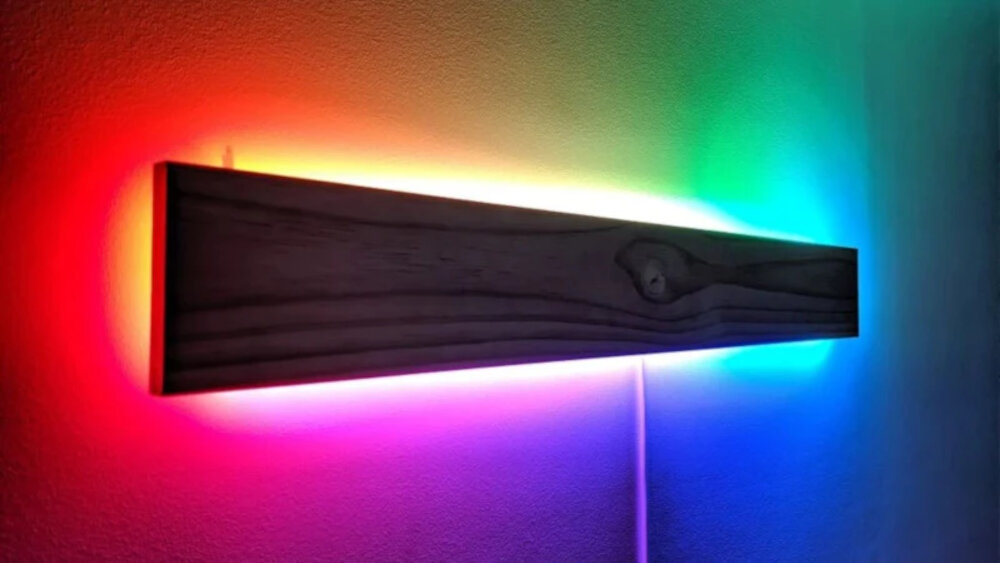
A blue LED light is a type of light-emitting diode that emits blue light. It is a semiconductor device that converts electrical energy into light, producing a bright blue hue. Blue LED lights are energy-efficient, long-lasting, and have a wide range of applications in different fields. They are commonly used in lighting, electronics, and medical devices, among other things. Blue LED lights have become increasingly popular in recent years due to their benefits over traditional lighting sources. They are more energy-efficient than incandescent bulbs, consuming up to 90% less energy while producing the same amount of light. This makes them an excellent choice for environmentally conscious consumers and businesses looking to reduce their energy bills. Additionally, blue LED lights have a longer lifespan than traditional bulbs, lasting up to 25 times longer. This means they require less frequent replacement, reducing waste and saving money in the long run. Overall, blue LED lights are a versatile and sustainable lighting solution that offers numerous benefits to users.
LED, or Light Emitting Diode, is a type of semiconductor device that emits light when an electric current is passed through it. Unlike traditional incandescent bulbs, LEDs produce light through a process called electroluminescence, which involves the movement of electrons across a semiconductor material. LEDs are known for their energy efficiency, long lifespan, and low heat emission, making them a popular choice for a variety of applications, including lighting, signage, and electronic displays. In recent years, the development of blue LEDs has revolutionized the lighting industry, allowing for the creation of bright, energy-efficient white light that has the potential to significantly reduce energy consumption and greenhouse gas emissions.
Blue LED light is a type of light that emits blue-colored visible light with a wavelength between 450 and 490 nanometers, making it one of the shortest and most energetic wavelengths in the visible spectrum. It is created by using a semiconductor material, such as gallium nitride, that emits light when an electrical current is applied to it. The invention of the blue LED in the 1990s revolutionized the lighting industry, as it allowed for the creation of energy-efficient, long-lasting, and high-quality lighting solutions. Blue LED light is also important in various fields, including medicine, agriculture, and technology, where it is used for treating skin conditions, promoting plant growth, and data storage, respectively. However, the excessive exposure to blue LED light, especially at night, can disrupt the circadian rhythm and affect sleep quality, which may have negative impacts on health and well-being.
Blue is a unique color that differs greatly from other colors in many ways. It is the only primary color that cannot be created by mixing two other colors, making it a truly distinct hue. Blue is often associated with tranquility and calmness, but it can also evoke feelings of sadness and melancholy. In the world of LED lighting, blue light is particularly significant because it has a shorter wavelength than other colors, allowing it to penetrate deeper into tissues and potentially affect the body’s circadian rhythm. This makes it important to understand how blue light exposure can impact our health and well-being.
What does a blue LED light mean?
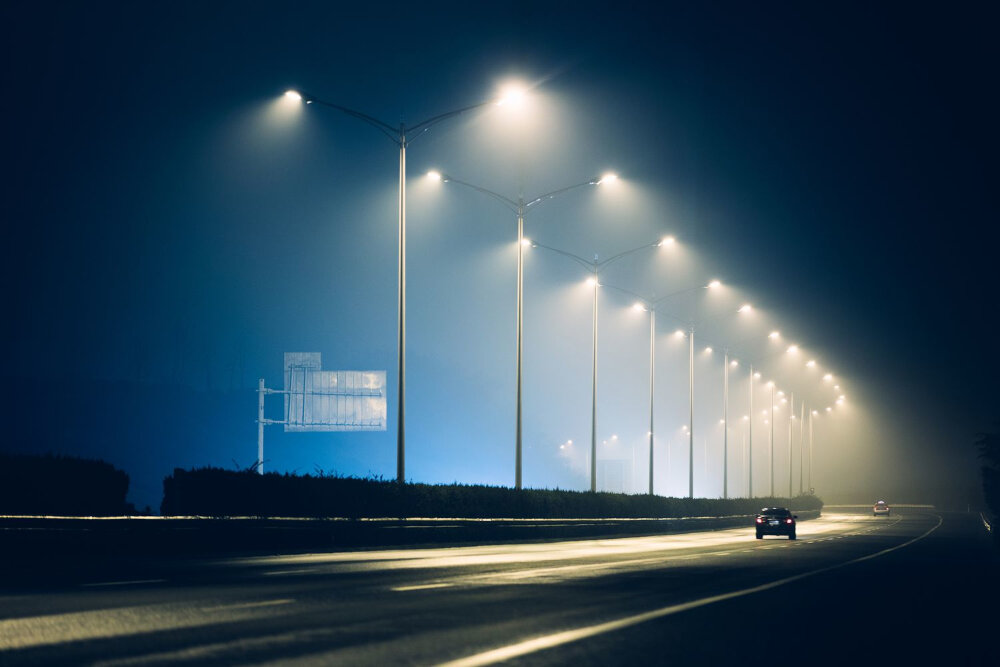
Blue LED lights are a common sight in our daily lives, but few of us know what they signify. The blue light often symbolizes the presence of technology, such as a Bluetooth device or a Wi-Fi signal. It is also commonly used in industries such as aviation and transportation to indicate the presence of emergency vehicles or to signal caution. Blue LED lights are also used in medical devices, such as light therapy lamps, to treat various conditions like depression, sleep disorders, and skin conditions. In recent years, the blue LED light has gained significant attention for its impact on our health and well-being. Exposure to blue light at night, especially from electronic devices like phones and tablets, can disrupt our natural sleep patterns and cause negative effects on our physical and mental health. On the other hand, exposure to blue light during the day can help us stay alert and improve our mood. It is important to understand the role of blue LED lights in our daily lives and take necessary precautions to protect our health and well-being.
The blue light spectrum is a segment of the electromagnetic spectrum that ranges from approximately 380 to 500 nanometers in wavelength. Blue light is a high-energy visible (HEV) light and is known to have both positive and negative effects on human health. On the positive side, exposure to blue light during the day can help regulate our circadian rhythm and improve our mood, alertness, and cognitive function. However, excessive exposure to blue light, especially at night, can disrupt our sleep patterns, cause eye strain and fatigue, and increase the risk of macular degeneration. The advent of LED technology has made blue light more prevalent in our daily lives, and it is important to understand its effects on our health and take steps to minimize any potential harm.
Blue light plays a significant role in our daily lives, both naturally and artificially. It is a vital component of the visible light spectrum, which is responsible for regulating our sleep-wake cycle, mood, and cognitive function. Natural blue light from the sun helps to boost our alertness and productivity during the day, while artificial blue light from electronic devices and LED lights can interfere with our sleep patterns and cause eye strain. However, the discovery of blue LED light has revolutionized the field of lighting and technology, allowing for energy-efficient and eco-friendly lighting solutions. Blue light has become an integral part of our modern society, but it’s important to balance its usage to ensure a healthy and sustainable lifestyle.
The blue LED light has become a ubiquitous feature of modern life, from our smartphones to our homes and streets. However, this proliferation of blue light exposure has raised concerns about its potential effects on human health. The specific wavelengths of blue light, which are shorter than other colors in the visible spectrum, have been shown to disrupt the body’s natural circadian rhythm, leading to sleep disturbances and other health consequences. Some research has also suggested that prolonged exposure to blue light may contribute to eye strain, headaches, and even macular degeneration. While more studies are needed to fully understand the impact of blue LED light on human health, it is clear that this technology has important implications for our well-being.
Importance of blue LED light in technology
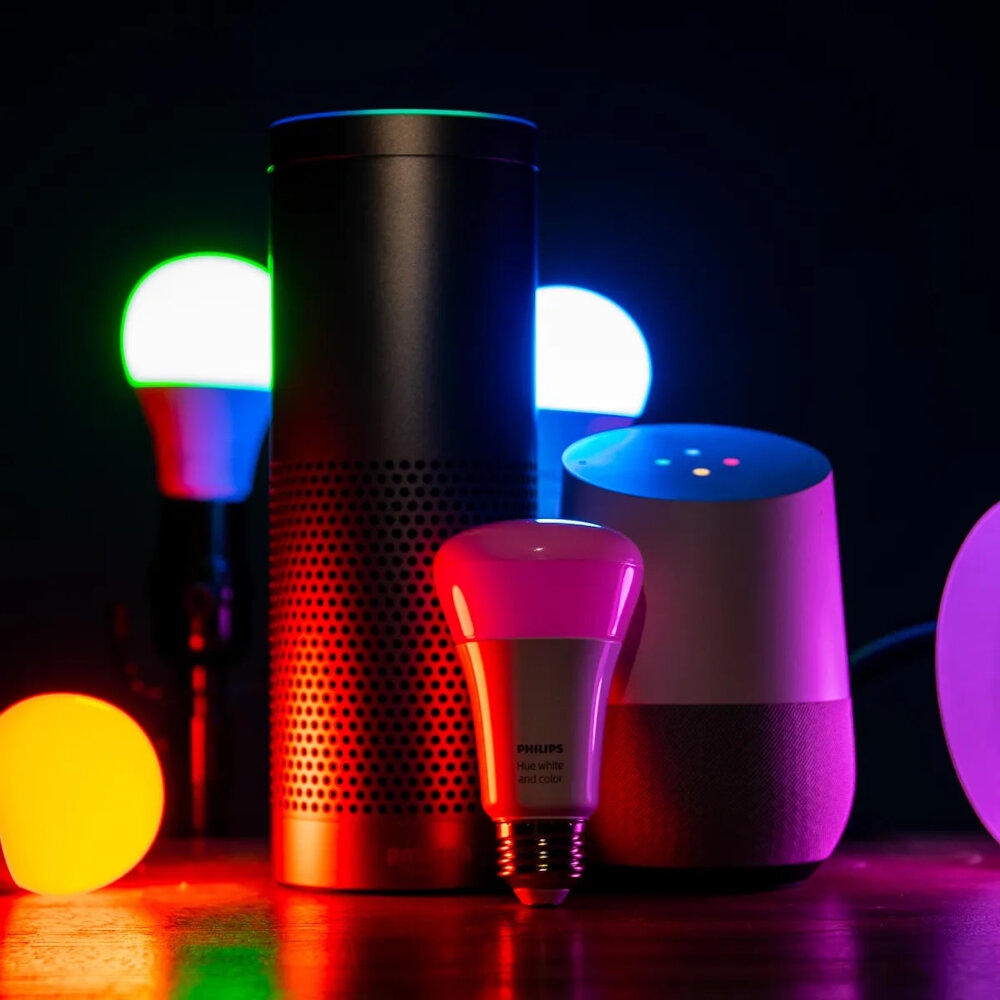
The blue LED light has revolutionized the world of technology and has proved to be a game-changer. It has found its application in various fields such as telecommunications, medicine, and lighting. The blue LED light has many advantages over traditional lighting systems. It is more energy-efficient and has a longer lifespan. This makes it an ideal choice for use in streetlights, traffic signals, and even in homes and offices. The blue LED light is also used in televisions, smartphones, and laptops, providing a more vibrant and sharp display. It has also found its application in medical equipment such as endoscopes, making it easier for doctors to diagnose and treat patients. The blue LED light has also paved the way for the development of new technologies such as Li-Fi, which uses the visible light spectrum to transmit data wirelessly. This technology is faster and more secure than Wi-Fi, and it is also immune to interference from other wireless signals. The blue LED light is also used in the manufacturing of blue lasers, which are used in Blu-ray players and for cutting-edge research in fields such as quantum computing. In conclusion, the blue LED light has brought about a technological revolution, and its importance cannot be overstated. Its applications are numerous, and it has paved the way for the development of new technologies that were once thought to be impossible.
The use of blue LED light in electronic devices has revolutionized the world of technology. Blue LED light emits a higher energy level than traditional light sources, making it ideal for use in a variety of applications, from smartphones and televisions to traffic lights and medical equipment. One of the most significant benefits of blue LED light is its energy efficiency, as it requires less power to produce the same level of brightness as other light sources. This has led to significant energy savings in a wide range of devices, contributing to a more sustainable future. Additionally, blue LED light has a longer lifespan than other light sources, reducing the need for frequent replacements and minimizing waste. The impact of blue LED light on the technology industry cannot be overstated, and it will continue to play a vital role in the future of electronic devices.
The role of blue LED light in advancing technology cannot be overstated. This groundbreaking innovation has revolutionized the lighting industry, enabling the creation of energy-efficient lighting solutions that are more environmentally friendly and cost-effective. In addition, blue LED light has paved the way for other technological advancements, such as the development of Blu-ray discs and high-speed internet connections. The discovery of blue LED light has also opened up new avenues for research into the properties of light and its potential applications in various fields, from medicine to telecommunications. Overall, the impact of blue LED light on technology has been profound, and it will continue to shape the future of innovation for many years to come.
The blue LED light has a unique relationship with other colors of LED lights. When combined with red and green LED lights, it can create a wide range of colors, including white light. However, blue light can also have negative effects on the human body when it is emitted at high levels. This is because blue light has a shorter wavelength and higher energy than other colors of light, which can disrupt our circadian rhythm and interfere with our ability to sleep. As a result, it is important to understand the effects of blue light and other colors of LED lights and to use them in ways that minimize their negative impact on our health and wellbeing.
Blue LED light and the environment
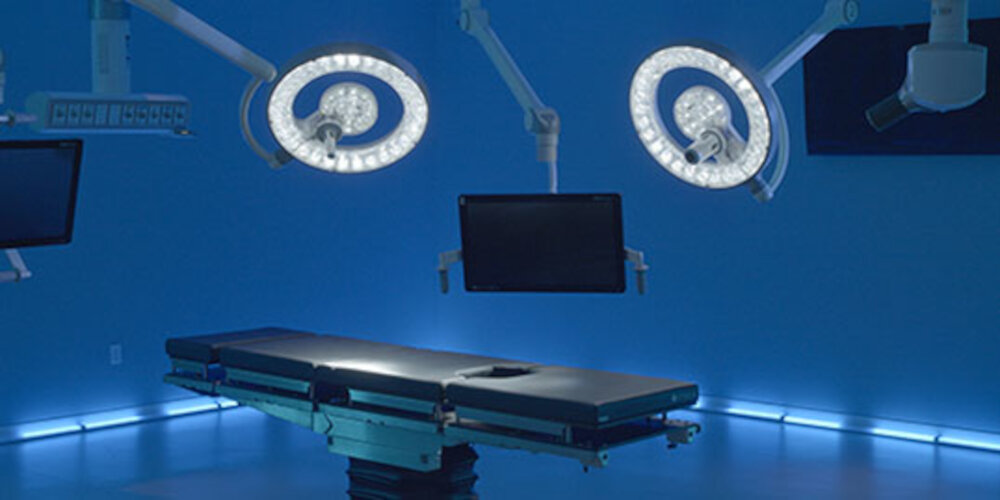
Blue LED light has become a prevalent lighting option in modern times. It is energy-efficient, long-lasting, and cost-effective, making it an attractive option for various applications. However, the impact of blue LED light on the environment is a topic of concern. Blue LED light is known to have a higher potential for disrupting the natural circadian rhythm of living organisms, including humans. Exposure to blue light at night can hinder the quality of sleep, leading to several health issues such as insomnia, depression, and obesity. Moreover, blue LED light can also have adverse effects on wildlife and the ecosystem. Several studies have shown that blue light can interfere with the migration patterns and breeding cycles of birds, amphibians, and insects. It can also disrupt the natural behavior of nocturnal animals, leading to changes in their feeding patterns and predator-prey interactions. The excessive use of blue LED light can also contribute to light pollution, which can have severe consequences on the environment, including disrupting the growth of plants and affecting the visibility of stars at night. Hence, while blue LED light is an excellent lighting option, it is crucial to use it responsibly and consider its impact on the environment.
The blue LED light has revolutionized the world of eco-friendly lighting solutions. With its energy efficiency and long lifespan, it has become an attractive alternative to traditional lighting methods. Blue LED light bulbs consume less energy and last several times longer than their incandescent counterparts. Furthermore, they emit less heat, which reduces the cooling load on air conditioning systems. The blue light spectrum also has the potential to improve mood and increase productivity. As a result, many businesses and households are replacing their old light bulbs with blue LED light sources, helping to reduce their carbon footprint and save money on energy bills.
The impact of blue LED light on the environment has been a topic of significant concern in recent times. Blue LED light emits a higher frequency of blue light than traditional lighting, which can have negative effects on wildlife and ecosystems. For example, blue LED light can disrupt the natural circadian rhythms of animals, affecting their sleep patterns and reproductive cycles. Additionally, blue LED light can attract and disorient nocturnal insects, leading to a decline in their populations and disrupting food chains. Furthermore, blue LED light can also contribute to light pollution, which can have adverse impacts on human health, wildlife, and ecosystems. As such, it is important to consider the potential environmental impacts of blue LED light when designing lighting systems and implementing lighting policies.
Sustainable alternatives to blue LED lights are becoming increasingly important as we seek to reduce our environmental impact. One such alternative is the use of organic light-emitting diodes (OLEDs), which are made from materials that can be easily recycled and do not contain heavy metals like mercury. Another option is the use of energy-efficient lighting solutions that rely on natural light, such as daylight harvesting systems. These alternatives not only reduce the amount of energy we consume, but also reduce the amount of waste and pollution we generate, making them a more sustainable choice for our homes and businesses. As we continue to explore new technologies and innovations, it is important to consider the impact they will have on our environment and to prioritize sustainability in our choices.
Understanding blue LED light is crucial as it has become ubiquitous in our daily lives, from electronic devices to lighting fixtures. Blue light exposure has been linked to sleep disturbances, eye strain, and even increased risk of some cancers. However, blue light also plays an important role in regulating our circadian rhythm and boosting alertness during the day. By understanding the effects of blue light on our health and well-being, we can make informed decisions about how to manage our exposure levels, whether it be through adjusting our screen time, using blue light blocking glasses, or investing in lighting solutions that minimize the blue light spectrum. Therefore, comprehending the importance of blue LED light can lead to a healthier and more productive lifestyle.
In conclusion, the blue LED light has revolutionized various industries since its discovery in the early 1990s. Its energy-efficient and long-lasting properties have made it an essential component in lighting systems, display technologies, and medical equipment. The blue LED light has also paved the way for the development of green and white LEDs, which have further expanded its applications. Moreover, the blue LED light has contributed to the advancement of optical storage devices and the production of blue lasers used in data storage and communication. With its numerous benefits and applications, the blue LED light has undoubtedly made a significant impact on various industries and will continue to do so in the future.
Conclusion

In conclusion, the blue LED light is a significant technological innovation that has revolutionized the way we communicate, work, and live our lives. Its ability to emit bright and energy-efficient light has made it a popular choice for various applications, including smartphones, laptops, and TVs. However, it’s important to note that exposure to blue light can have adverse effects on our health and disrupt our circadian rhythm. Therefore, it’s essential to limit our exposure to blue light, especially at night, and take necessary precautions to protect our eyes and overall well-being. Decoding the blue LED light and understanding its impact on our lives is crucial to ensure that we use technology responsibly and safely.

